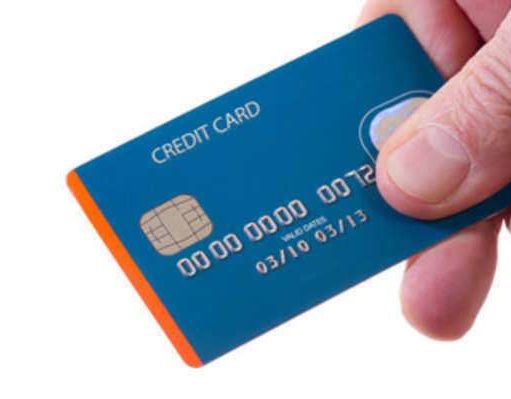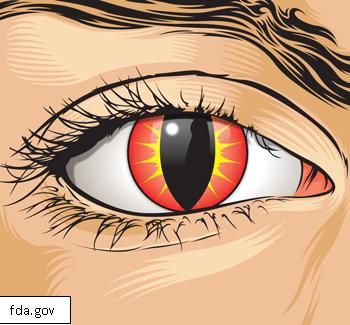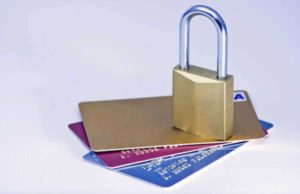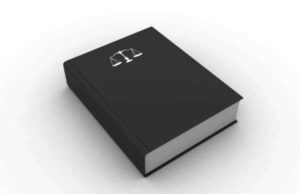Personal Income Rose in all Metropolitan Areas in 2011

On November 26, 2012, the Bureau of Economic Analysis under the Department of Commerce announced that personal income increased in all 366 metropolitan statistical areas (MSAs)—the first time since 2007. Personal income increased 5.2 percent in 2011 compared to 3.8 percent in 2010, but inflation increased to 2.4 percent compared to 1.9 percent in 2010.
Personal income is income received from all sources before deducting personal income taxes. Net earnings equal earnings from work minus contributions from the government plus other adjustments. Per capita personal income is measured by dividing the collective personal income according to county estimates divided by the metropolitan area’s population.
Earning increased by 5.5 percent in 2011, and property income (dividends, interest, and rent) increased 7.6 percent for all MSAs as well. The earnings and property incomes rates only increased 3.6 percent and 1.8 percent in 2010.
The growth of transfer receipts decreased to 1.5 percent in 2011 compared to 7.1 percent in 2010. The transfer receipts include Social Security, Medicare, and unemployment insurance.
Personal income increased $3,062 on average in all 3,113 counties in the United States. King County in Texas saw the largest growth in personal income (62.2 percent) while Lynn County in Texas saw the largest decrease in personal income (-28.8 percent).
45 of the 50 counties with the fastest growing personal income were located in the Great Plains region, and 41 of the 45 counties are in Nebraska, North Dakota, and South Dakota. Farm income contributed to the growth rates in these counties, but these counties will likely show huge decreases in personal income during 2012 because of the drought.
Per capita personal income was the highest in Manhattan ($121,301) and lowest in Crowley County, Colorado ($16,752). The national average was $41,560 in 2011.
Source: Bureau of Economic Analysis


















